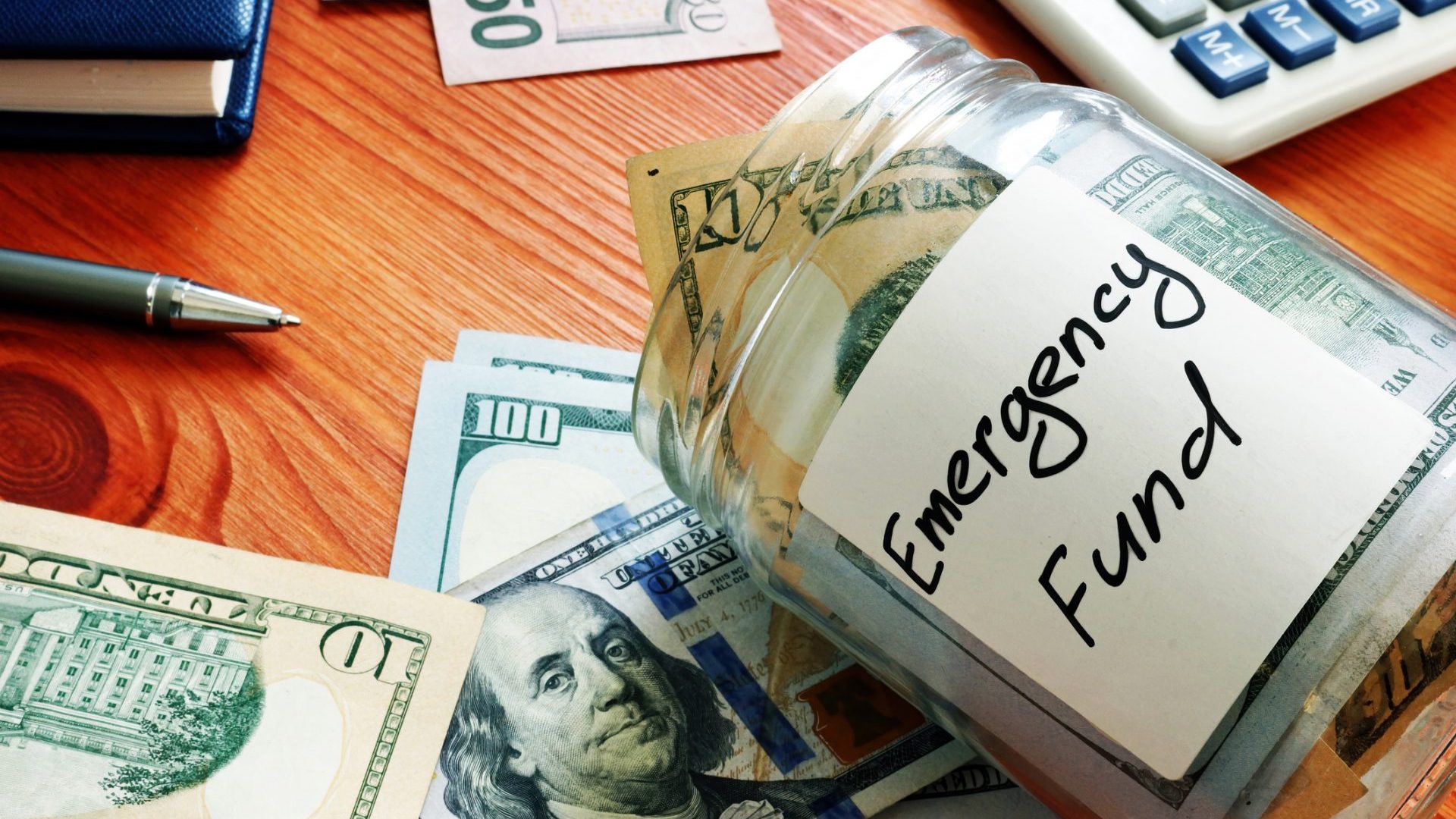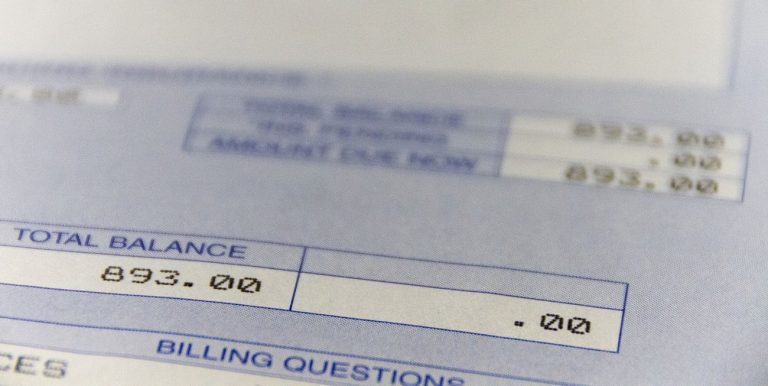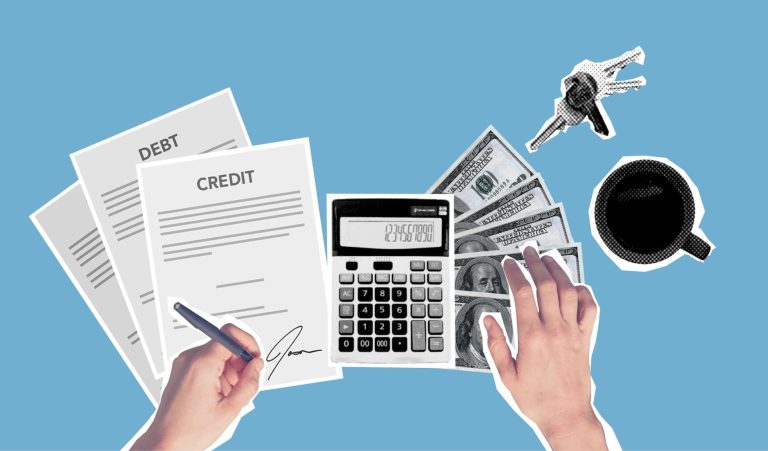Emergency Funds: Your Lifeline In Times Of Financial Crisis
In times of financial crisis, having an emergency fund can be your lifeline. This article aims to provide valuable insights and guidance for those facing debt and financial hardships. With the goal of empowering individuals to take control of their financial situations, we delve into the importance of emergency funds and how they can provide a sense of security during uncertain times. By exploring various strategies and tips, we aim to equip you with the knowledge needed to build and maintain a solid financial cushion.
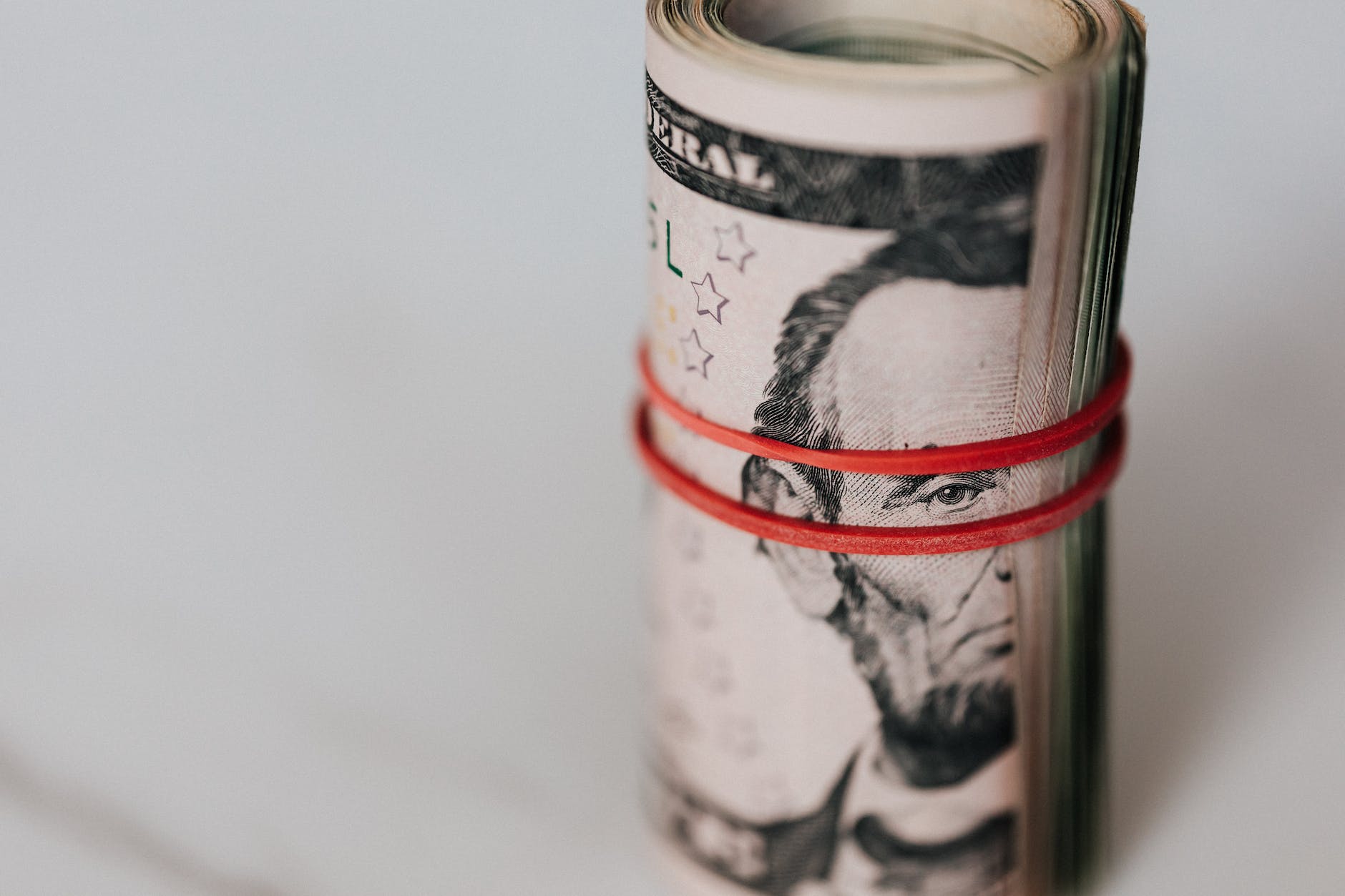
What is an emergency fund?
Definition of an emergency fund
An emergency fund is a financial safety net that provides you with a cushion during unexpected situations. It is a pool of money that you can use to cover unforeseen expenses such as medical emergencies, car repairs, unemployment, or any other unexpected financial challenges that may arise.
Purpose of an emergency fund
The primary purpose of an emergency fund is to provide you with financial security during times of crisis. It acts as a buffer by ensuring that you have readily available cash to tackle emergencies without resorting to high-interest debt or depleting your regular income.
Importance of having an emergency fund
Financial security during unexpected situations
Life is unpredictable, and financial emergencies can happen to anyone. Whether it’s a sudden job loss, a major medical expense, or a home repair, having an emergency fund allows you to navigate these situations with greater confidence and peace of mind. It provides the much-needed financial security to address unexpected circumstances without derailing your long-term financial goals.
Peace of mind and reduced stress
Knowing that you have an emergency fund to fall back on can bring a sense of peace and reduce stress during challenging times. It alleviates the anxiety of not knowing how you will handle unexpected expenses, enabling you to focus on finding solutions and making informed decisions rather than scrambling for funds.
Avoiding high-interest debt
Without an emergency fund, many people are forced to rely on credit cards or loans to cover unexpected expenses. This can lead to the accumulation of high-interest debt, making it even more challenging to recover financially. An emergency fund allows you to avoid the trap of high-interest debt and maintain your financial stability.
Opportunity to seize favorable financial opportunities
An emergency fund not only protects you during tough times but also opens up opportunities when they arise. For example, you may come across a great investment opportunity or be able to take advantage of a limited-time offer. With an emergency fund in place, you have the freedom and flexibility to seize such opportunities without compromising your financial security.
Determining the ideal emergency fund amount
Factors to consider when determining the amount
The ideal emergency fund amount varies for each individual and depends on several factors. These factors include your monthly expenses, income stability, dependents, health, insurance coverage, and other financial obligations. Analyzing your specific circumstances will help you determine how much you should set aside for emergencies.
Recommended guidelines for emergency fund size
Financial experts generally recommend having three to six months’ worth of living expenses in your emergency fund. This amount should cover essential expenses such as rent or mortgage payments, utilities, food, healthcare, and any other necessary costs. However, individuals with more unstable income, dependents to support, or higher debt may need to aim for a larger emergency fund.
Adjusting the amount based on personal circumstances
It’s important to remember that everyone’s financial situation is unique, and what works for one person may not work for another. Consider your personal circumstances when determining your emergency fund amount. If you have special considerations, such as an irregular income or a chronic medical condition, you may need to adjust your emergency fund size accordingly.
Strategies for building up an emergency fund
Establishing a budget and cutting unnecessary expenses
Creating a budget is the first step in building up an emergency fund. Track your income and expenses to identify areas where you can reduce spending. Cut back on non-essential expenses like dining out, entertainment, or subscriptions that you can live without. Redirect the money saved towards your emergency fund.
Increasing income through side gigs or freelancing
If your current income is not enough to build your emergency fund quickly, consider taking up a side gig or freelancing. Use your skills or hobbies to generate additional income that can be directly allocated to your fund. Leveraging your talents can provide a significant boost to your emergency savings.
Automating savings for an emergency fund
Automating your savings is a powerful way to consistently build your emergency fund. Set up an automatic transfer from your regular income to a separate savings account dedicated exclusively to your emergency fund. This ensures that a portion of your income is consistently directed towards your fund without any effort required from your end.
Utilizing windfalls or unexpected extra money
When you receive unexpected windfalls such as tax refunds, bonuses, or cash gifts, resist the temptation to splurge. Instead, allocate a portion of these windfalls toward your emergency fund. These unexpected funds can provide a significant boost to your savings and help you reach your emergency fund goal faster.
Maximizing tax refunds and bonuses
Take advantage of tax refunds and bonuses to bolster your emergency fund. Plan your tax filings strategically to ensure that you receive a sizable refund and allocate it directly to your emergency fund. Similarly, if you receive an annual bonus, consider dedicating a portion of it towards your fund rather than spending it frivolously.

Where should you keep your emergency fund?
Safeguarding the funds from easy access
It is essential to keep your emergency fund safe and separate from your regular spending accounts. This separation ensures that you don’t dip into your emergency funds for non-emergency expenses. Consider keeping your emergency fund in a separate bank account or financial institution to avoid the temptation of easy access.
Exploring options like high-yield savings accounts
While safety is crucial, it is also beneficial to explore options that provide higher returns on your emergency fund. High-yield savings accounts are a popular choice as they offer competitive interest rates, helping your emergency fund grow over time. Research different banks or financial institutions to find the best high-yield savings account for your needs.
Balancing liquidity and returns
Ensure that you strike the right balance between liquidity and returns when deciding where to keep your emergency fund. While high-yield savings accounts offer better returns, they may have certain restrictions or penalties for withdrawing funds. Consider your need for immediate access to your emergency funds when choosing where to keep them.
How to use your emergency fund effectively
Distinguishing between emergency and non-emergency expenses
It is crucial to differentiate between emergency and non-emergency expenses to ensure the effective use of your emergency fund. Emergency expenses are unexpected, urgent, and require immediate attention. Non-emergency expenses, on the other hand, can be planned and budgeted for separately. Prioritize using your emergency fund only for genuine emergencies.
Prioritizing and budgeting for emergencies
To use your emergency fund effectively, it is essential to prioritize and budget for emergencies. Determine the most critical expenses that need to be covered by your emergency fund, such as medical emergencies or essential home repairs. Create a budgeting plan to account for these potential emergencies, and allocate regular contributions towards replenishing your fund after use.
Rebuilding an emergency fund after use
Importance of replenishing the emergency fund
Once you have utilized your emergency fund, it is crucial to prioritize rebuilding it as soon as possible. Life is unpredictable, and you never know when another financial emergency may occur. By replenishing your emergency fund, you are ensuring continued financial security and peace of mind.
Strategies for accelerated rebuilding
To rebuild your emergency fund quickly, consider employing strategies like redirecting extra income, cutting unnecessary expenses, or taking on additional work. Follow the same steps you took to initially build your fund and ramp up your efforts. Rebuilding your emergency fund should be a top financial priority until it reaches the desired level of financial security.
Alternatives to emergency funds
Evaluating options like personal lines of credit
While emergency funds are highly recommended, it is important to explore alternatives based on your individual circumstances. One such alternative is a personal line of credit. A personal line of credit acts as a pre-approved loan that you can tap into during emergencies. Evaluate the terms, interest rates, and repayment options before considering this option.
Pros and cons of utilizing credit cards in emergencies
Credit cards can be an alternative to an emergency fund, but they come with pros and cons. While credit cards provide immediate access to funds, they also come with high interest rates and the potential to accumulate debt. If you choose to rely on credit cards for emergencies, ensure that you have a solid plan to pay off the debt quickly to avoid long-term financial consequences.
Insurance coverage for specific emergencies
Certain emergencies, such as medical emergencies or specific accidents, may be covered by insurance policies. Review your insurance coverage to understand what emergencies are included and the extent of the coverage. While insurance may not replace the need for an emergency fund entirely, it can provide an additional layer of financial protection for specific situations.

Tips for avoiding the need for emergency funds
Building a solid financial foundation
Prevention is always better than cure, and building a solid financial foundation can help you avoid the need for emergency funds altogether. Create a budget, save consistently, and pay off debts to establish a strong financial foothold. By being proactive and prepared, you can significantly reduce the likelihood of encountering financial emergencies.
Creating a robust financial plan
Developing a comprehensive financial plan tailored to your specific goals and circumstances is crucial. A well-thought-out plan encompasses budgeting, saving, investing, and risk management. By having a solid financial plan in place, you can mitigate risks, make informed financial decisions, and minimize the chances of needing to rely on an emergency fund.
Making use of preventative measures
Taking preventative measures can help prevent financial emergencies from occurring. These measures include regularly maintaining your vehicle and home, practicing healthy lifestyle habits, and ensuring you have adequate insurance coverage. By being proactive and vigilant, you can reduce the likelihood of unexpected financial challenges.
Common mistakes to avoid with emergency funds
Not having an emergency fund at all
One of the most common mistakes individuals make is not having an emergency fund at all. Life is filled with uncertainties, and being unprepared for financial emergencies can have severe consequences. Start building your emergency fund today, regardless of how small the initial contributions may be. Every dollar saved brings you closer to financial security.
Using the emergency fund for non-emergency expenses
Misusing your emergency fund by using it for non-emergency expenses can deplete your financial safety net. Avoid the temptation of dipping into your emergency fund for non-essential purchases or recreational activities. Reserve your emergency fund strictly for genuine emergencies to ensure its availability when needed most.
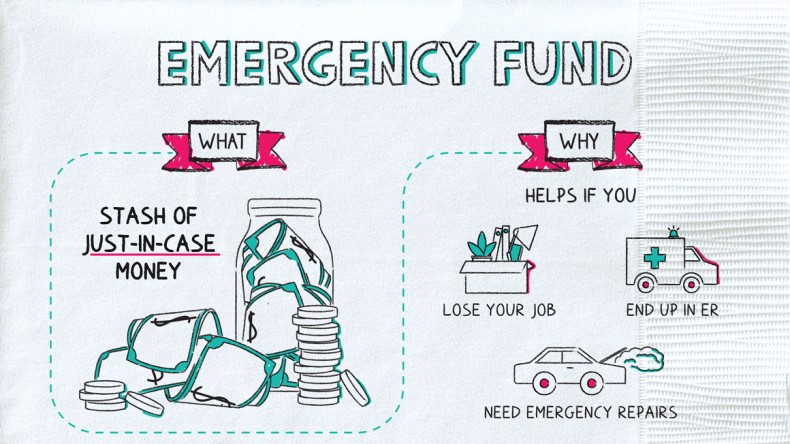
Neglecting to replenish the fund after use
After utilizing your emergency fund, it is important to make replenishing it a priority. Neglecting to replenish your fund can leave you vulnerable to future emergencies. Make a plan to resume contributions and allocate a portion of your income towards rebuilding your fund until it reaches the desired level.
Relying too heavily on credit as an emergency backup
While credit cards and other forms of credit can provide immediate financial relief during emergencies, relying too heavily on credit can be a dangerous habit. Accumulating high-interest debt can put a strain on your finances and make it harder to achieve your long-term goals. Aim to strike a balance between your emergency fund and credit as backup options.
In conclusion, an emergency fund is an invaluable asset that provides financial security, peace of mind, and the ability to withstand unexpected events. By understanding the importance of having an emergency fund, determining the ideal amount, knowing where to store the funds, and utilizing the fund effectively, you can navigate financial crises with confidence and maintain your overall financial well-being. Start building your emergency fund today and protect yourself from the uncertainties of the future.
© 2015-2023 by burdenofdebt.com, a LIVenture. All rights reserved. No part of this document may be reproduced or transmitted in any form or by any means, electronic, mechanical, photocopying, recording, or otherwise, without prior written permission of LiVentures LLC.

